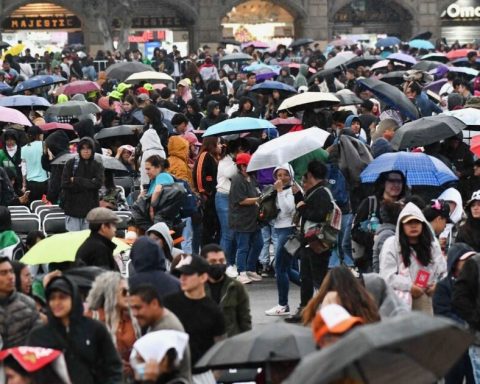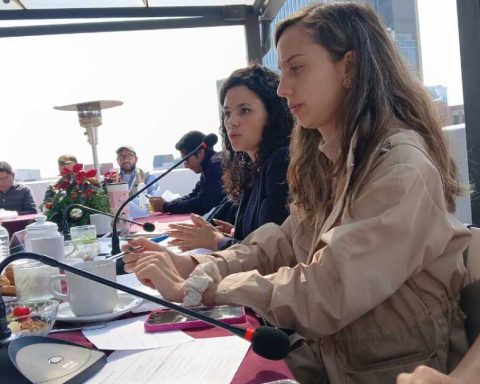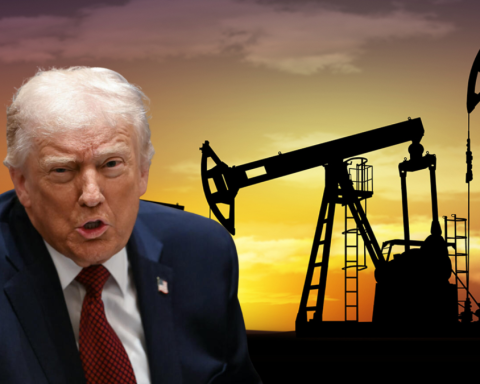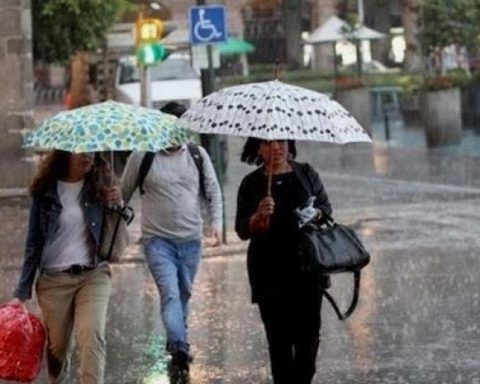AND
One of the hottest years is about to end since the Industrial Revolution, which occurred in the mid-19th century. Such bad news is based on the influence of factors that affect the global climate, such as gas emissions, agriculture and the use of fossil fuels. Specialists insist that the planet’s temperatures will continue to rise in the coming years, if greenhouse gas emissions are not drastically reduced. Heat waves would become more frequent, with fatalities and a 30 percent reduction in food production.
One of the most affected regions of the planet was Europe, with the hottest summer since 1880. The average temperature was about 1.34 degrees Celsius above the average for the period between 1991 and 2020. The month of August was the month with the highest temperatures since records exist.
The heat waves were joined by unusually dry conditions that caused drought and forest fires in many countries. Among them, Spain, France, Portugal, Italy, Great Britain and Greece. Extreme and prolonged hot and dry conditions affected river flow, agriculture and transportation, and facilitated the spread and intensification of fires. Spain, for example, registered 416 that destroyed more than 300,000 hectares. It was the largest burned area on the entire continent.
The data for maximum temperatures and adverse weather events are even worse in some parts of the planet. For example, in the European Alps, glacier melting broke records in 2022, with average thickness losses of between three and more than four metres, the largest amount ever recorded. In eastern Africa, rainfall was below the 40-year average.
But also the great industrial powers, such as the United States. In the southern, western and midwestern parts of the country, home to more than 140 million people, temperatures exceeded those of previous years. In addition, 18 states declared themselves on alert for the heat wave. This was mixed with intense storms in the area of the great plains, causing flooding that affected 21 million residents.
The heat wave had its greatest expression in the city of Phoenix, Arizona, the deadliest due to high temperatures in our neighbor to the north. Not only because it is located near the Sonoran desert, but also because of climate change. Hot days that reached 50 degrees and caused more than 60 deaths. Other cities, such as Austin, San Antonio, Houston, Oklahoma and Dallas, suffered the hottest summer in their history.
And as for Mexico, data from the National Meteorological Service shows that this year April was the second warmest April, and May, the first warmest. From the end of March to mid-May, there were four heat waves that generated hot to extremely hot conditions in most of the country.
Places with extreme values: Aquismón, San Vicente and Ciudad Valles, in San Luis Potosí; Eduardo Neri, in Guerrero; Hermosillo, Soyopa Querobabi, El Cubil and Tepache, in Sonora, and Mexicali, in Baja California.
For the Secretary General of the United Nations Organization, António Guterres, Heat waves and drought in Europe, China, the Horn of Africa and the United States, for example, they have nothing natural. They are the price paid for humanity’s addiction to fossil fuels.
. And he added that every year we insist on doubling down on this addiction, even as the symptoms rapidly worsen
. Its effects will cause major disasters and the poorest nations and those least responsible for global warming will be the most vulnerable.
During COP27 held last November in Egypt, Mexico promised to reduce its greenhouse gas emissions between 22 and 35 percent in the next eight years. It includes 52 million tons of carbon and a joint renewable energy project with the United States that involves investing 48 billion dollars. This will allow the generation of 40 gigawatts, double the current emission of clean energy.
Will the promise be fulfilled? In the previous six-year terms it was not like that.















